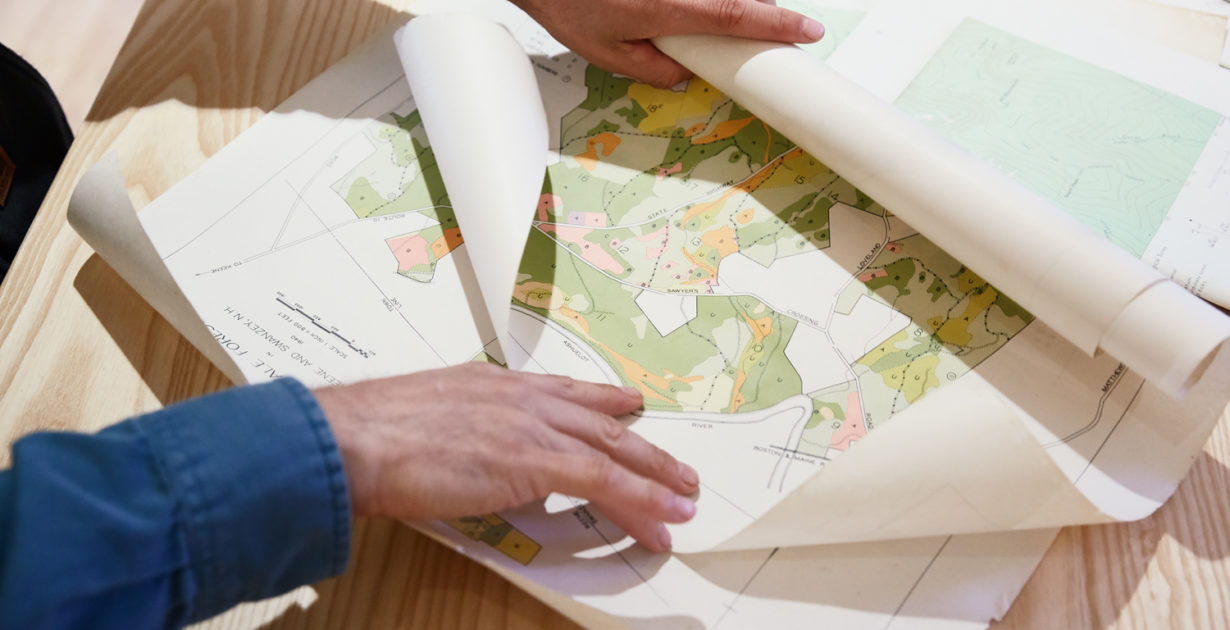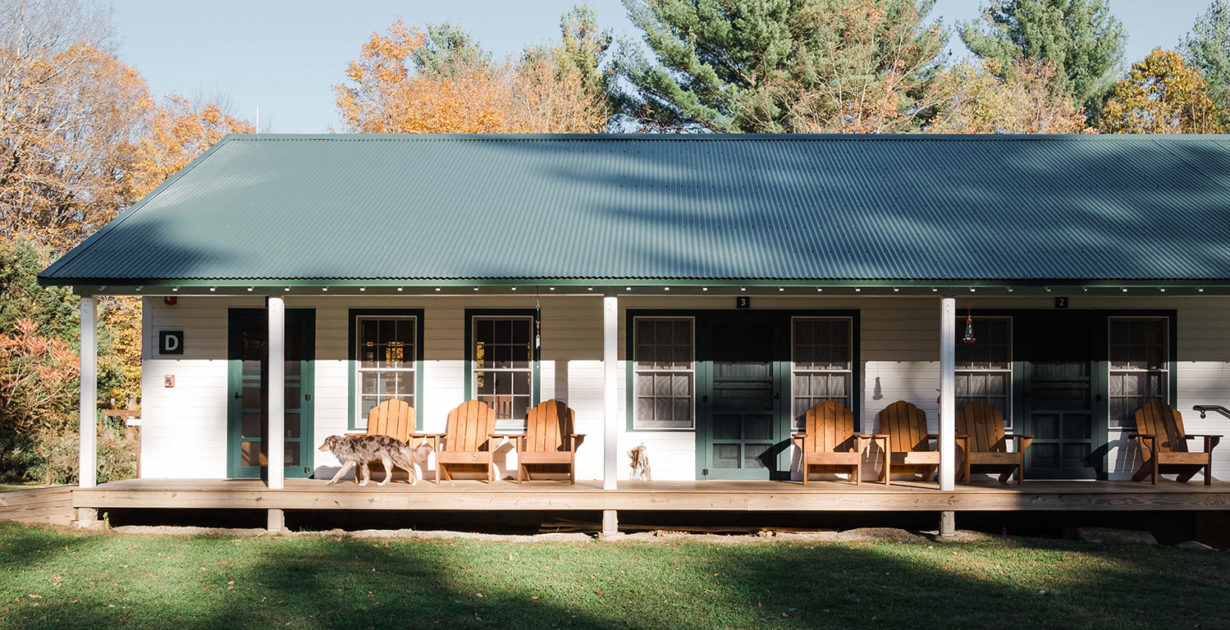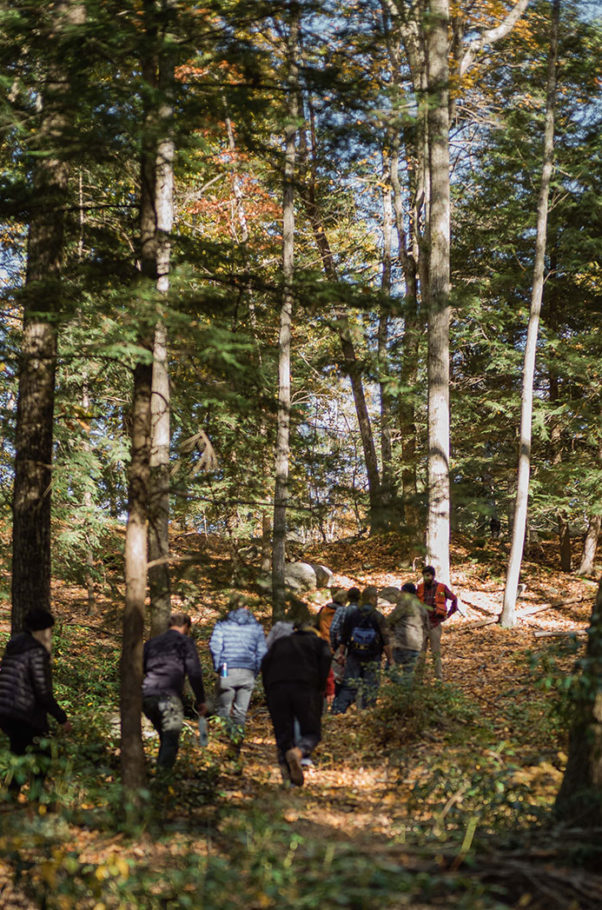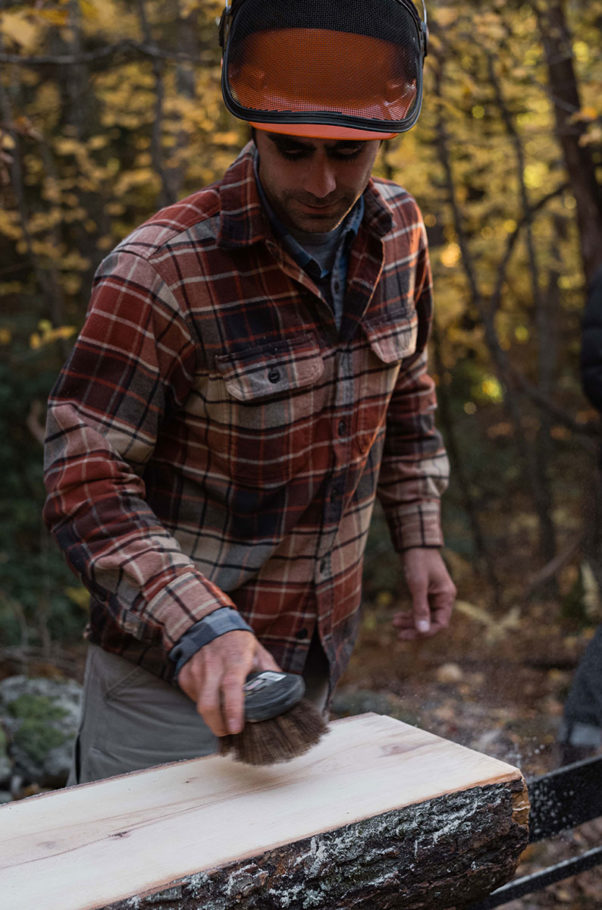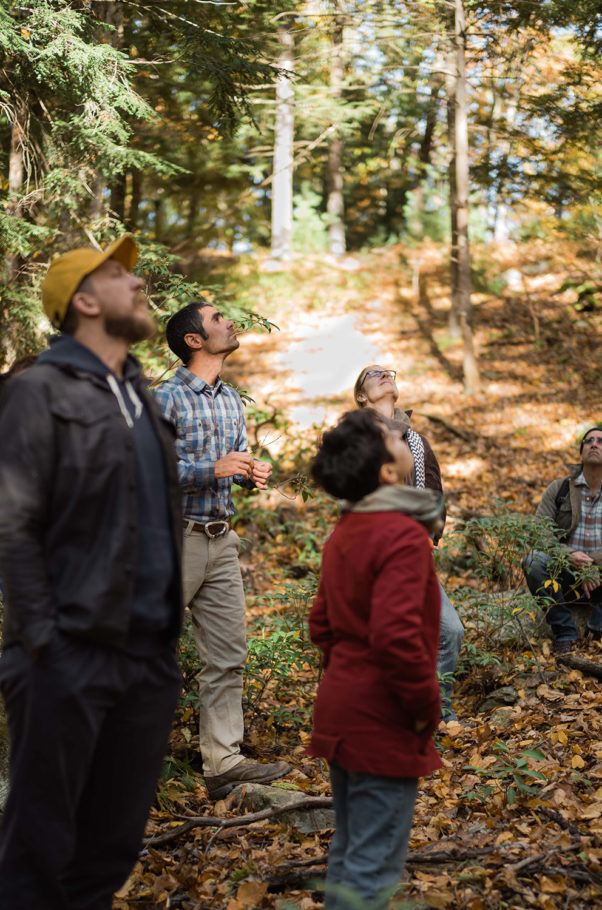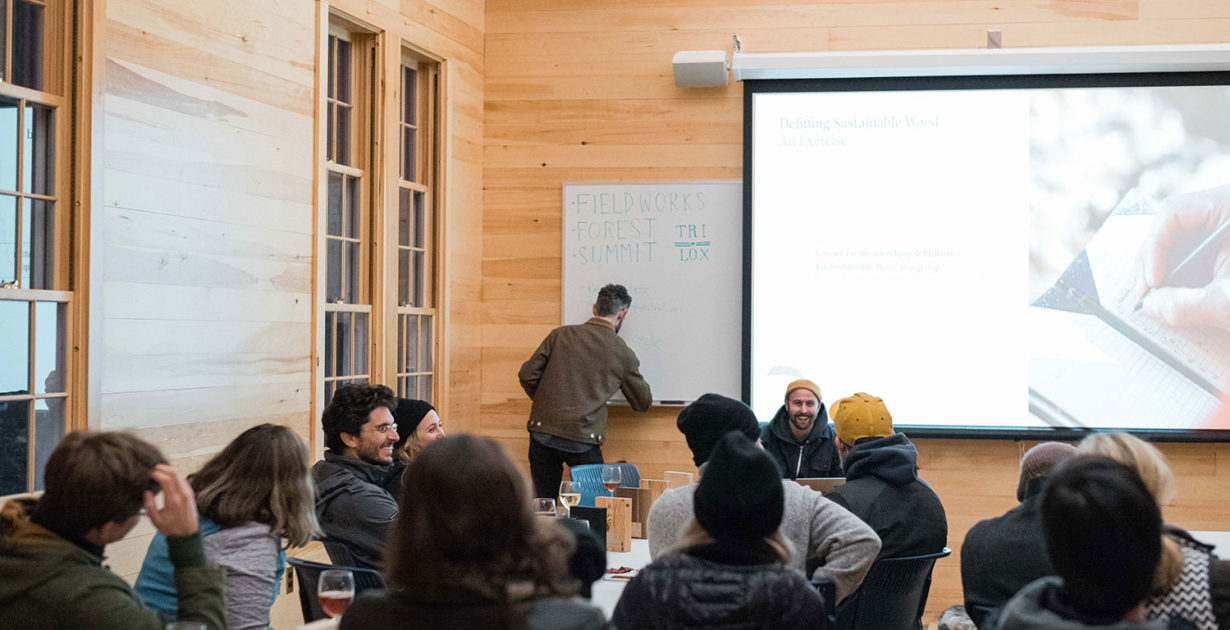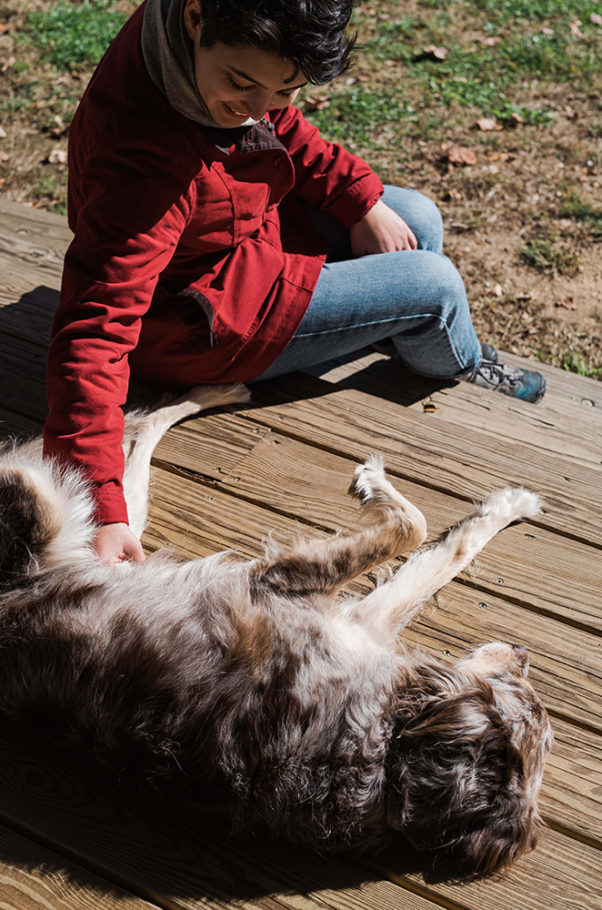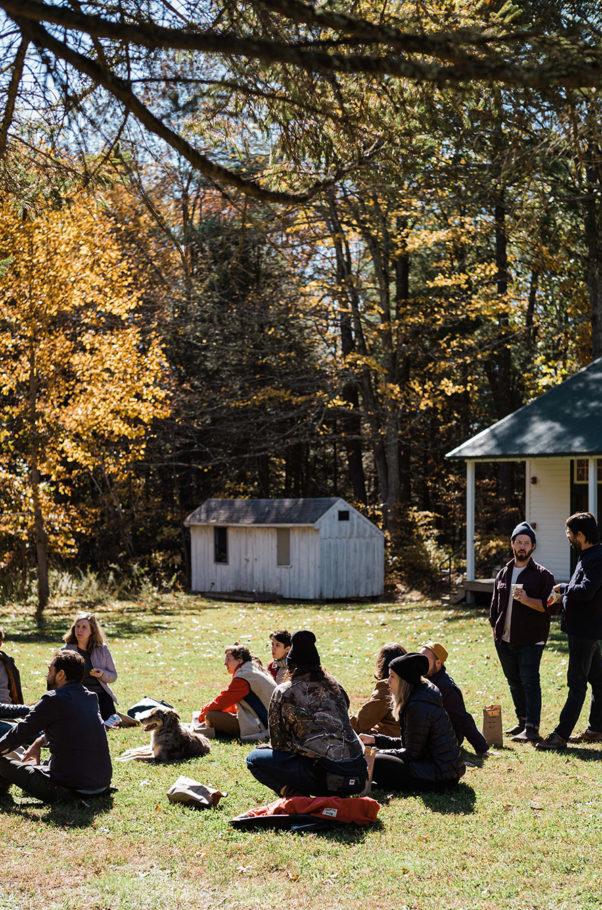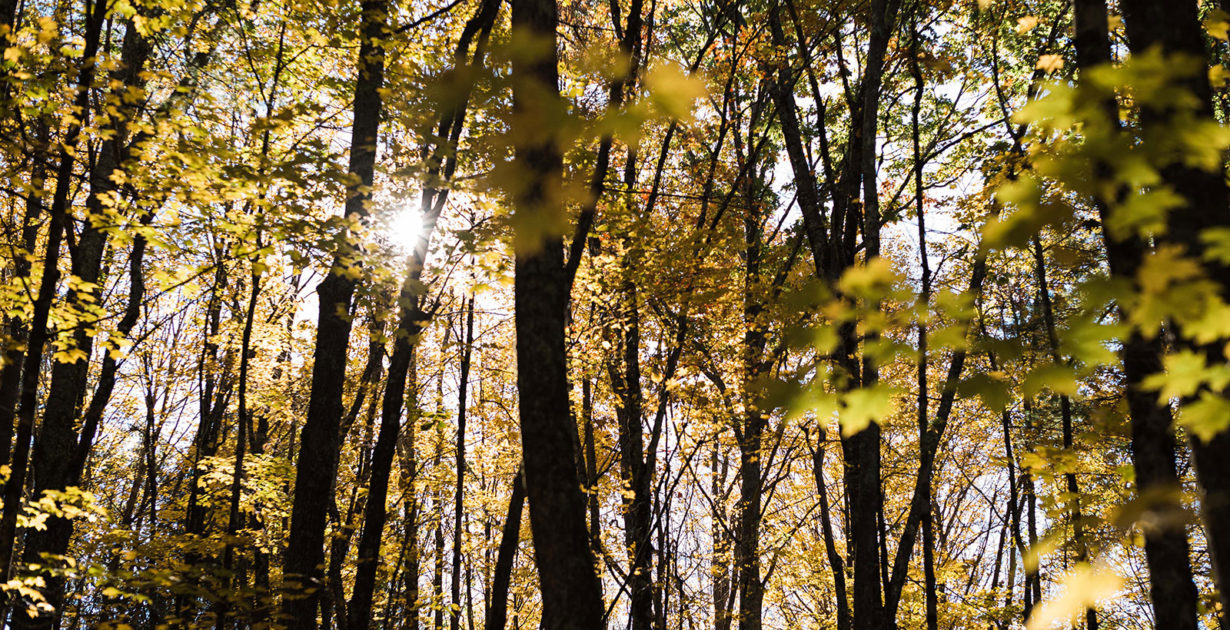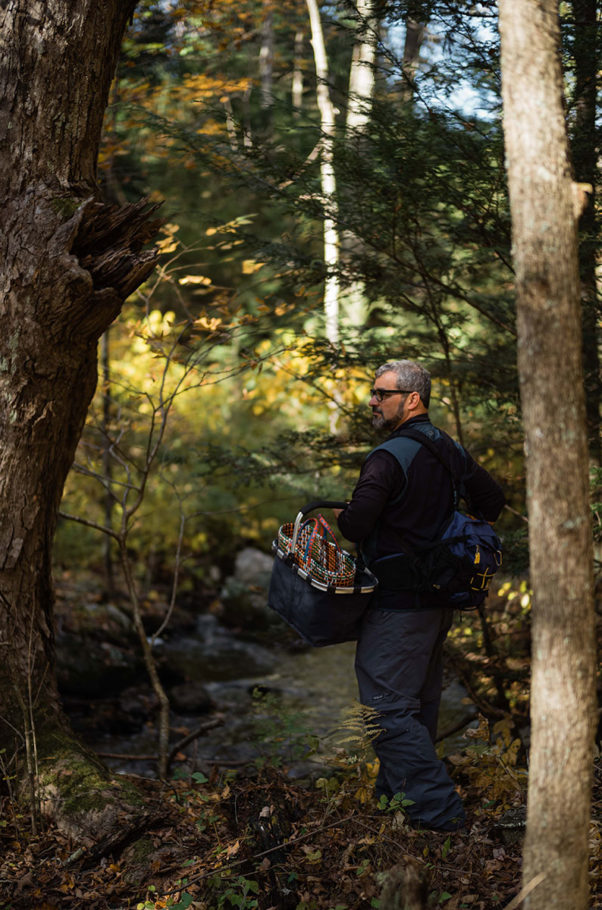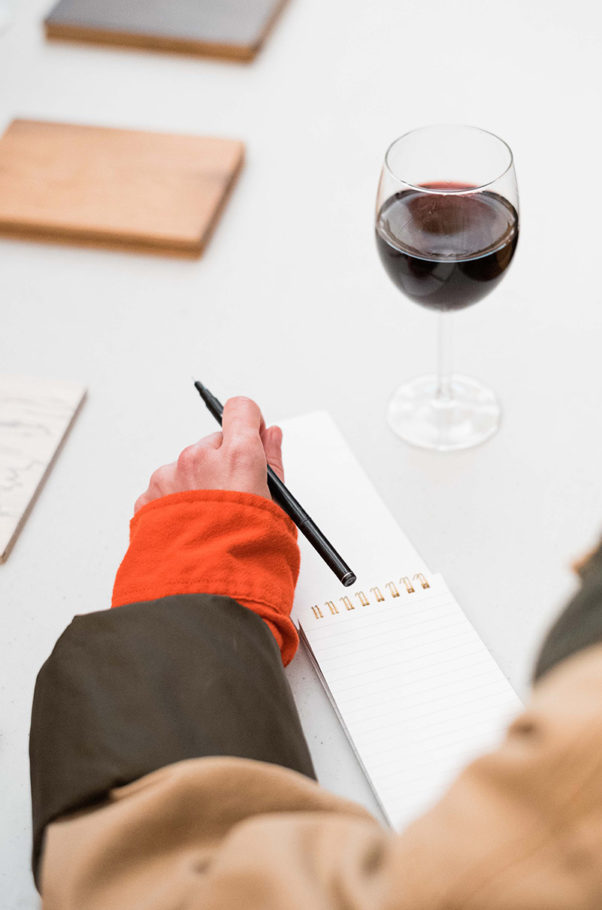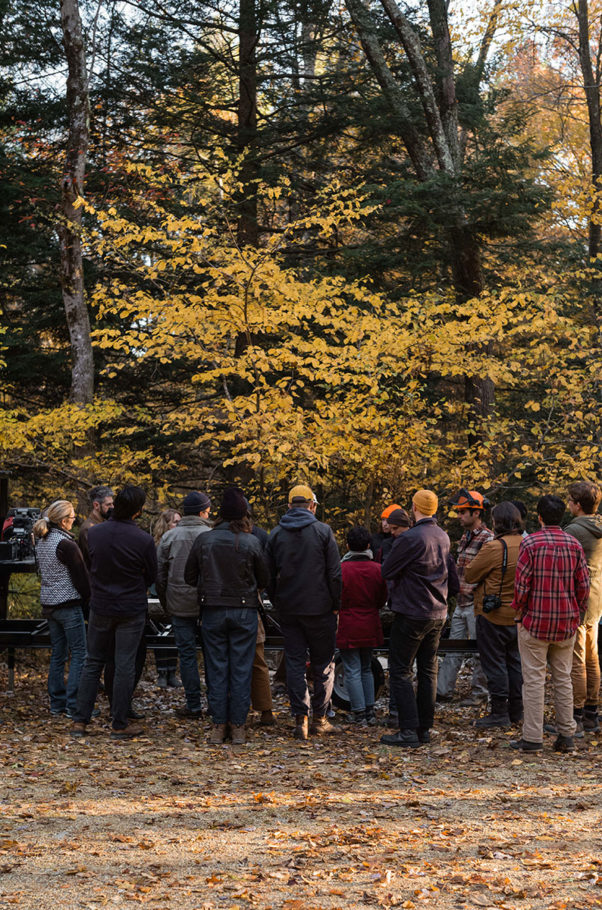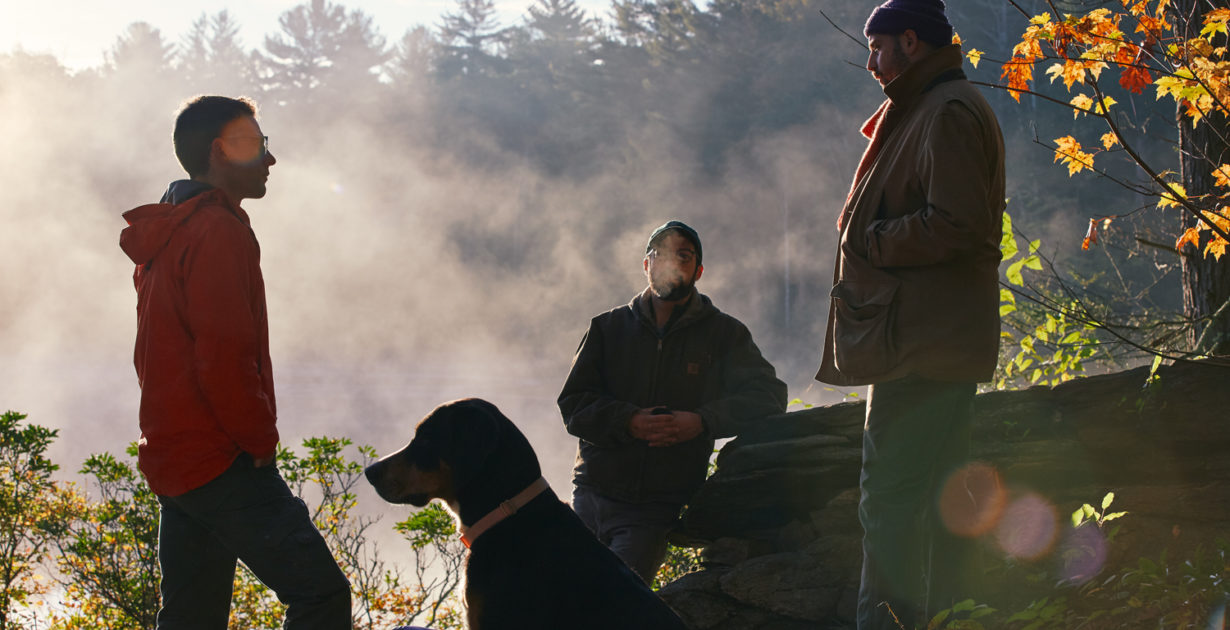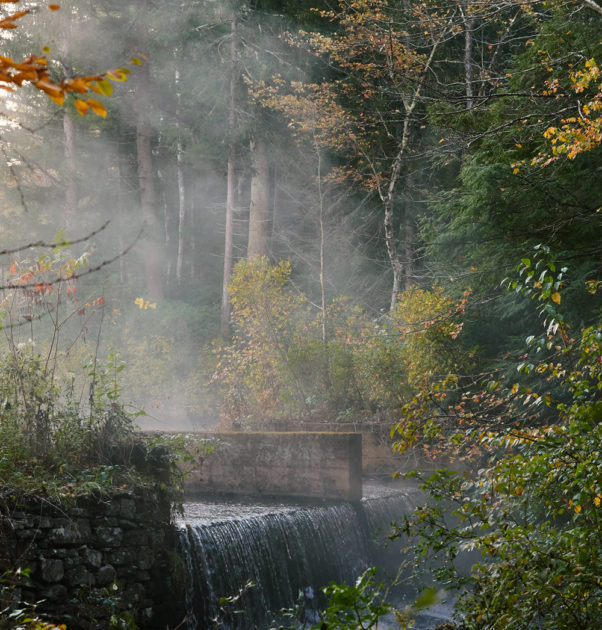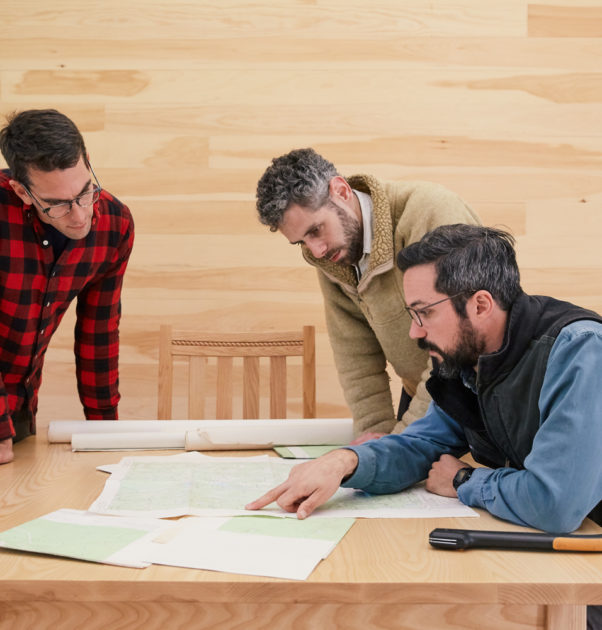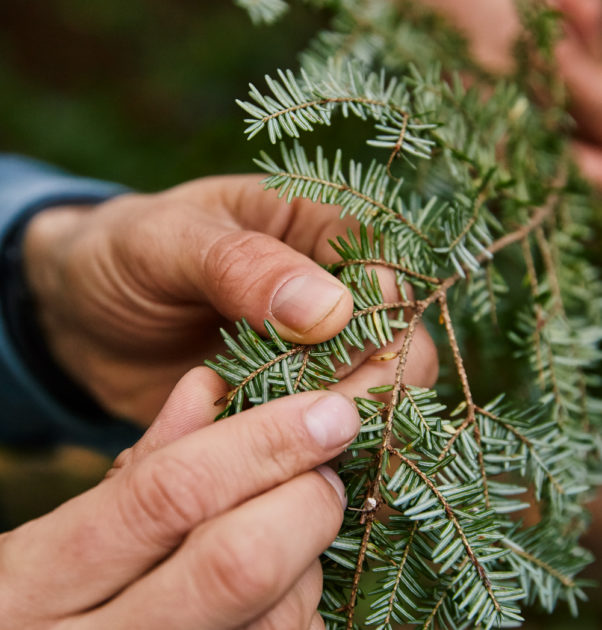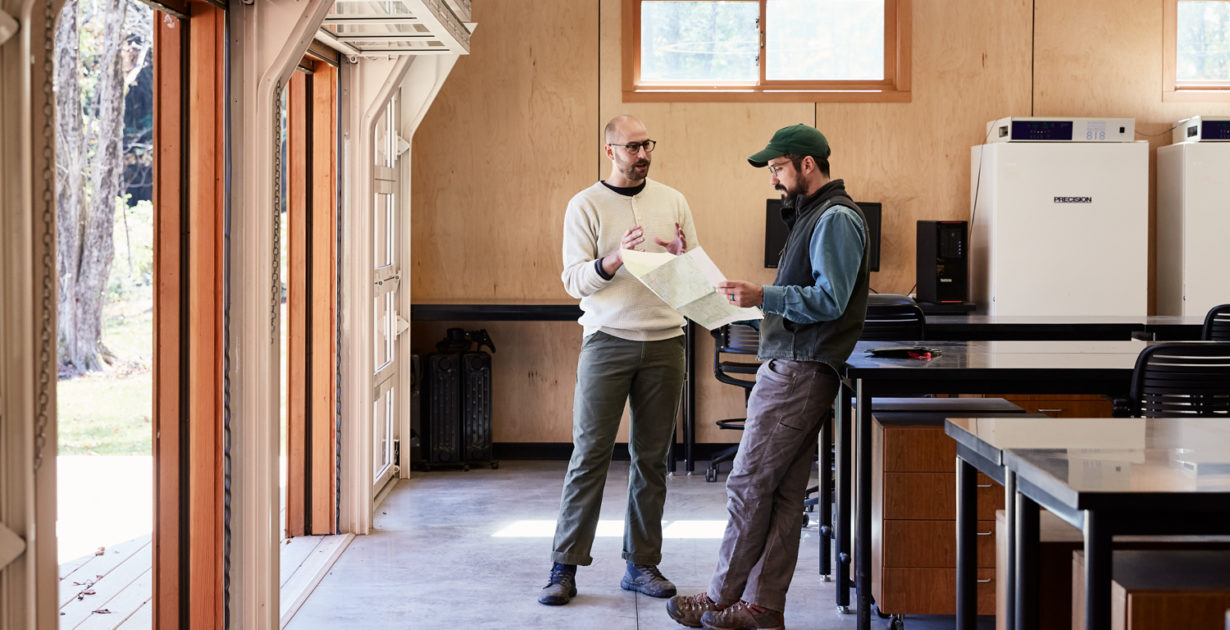Presentation:
This AIA CE Health Safety Welfare (HSW) presentation delves into Tri-Lox’s collaborative fieldwork with research fellows at YSE. Expanding upon concepts touched upon in both the forest tour and sawmill demonstration, it is a guide for how designers can engage with local forests to drive positive ecological, environmental, and social change.
By opening up channels of communication between foresters and designers, we aim to bring more transparency to all parties and initiate a more collaborative process. Working with regional materials and local economies creates an opportunity for experts across the field to understand the full context of their own role in the wood economy — and how routine design decisions can have a larger impact. A Northeastern supply chain bolsters a local economy and sustainable practices across rural and urban spaces, creating an interconnected, symbiotic relationship that acts as a bridge between urban and rural life.
Local Food:
As abstract as the term “sustainability” can seem, the concept stretches across most aspects of our everyday life. The food system runs parallel to our wood supply chain: sourcing food locally allows us to support local economies and ecosystems and gives us better understanding of where our food comes from and how it was grown. For this first Fieldworks summit, the Highland Dinner Club — a social and culinary laboratory founded in Harlem, NY in 2009 — prepared a multi-course dinner and brunch from regional sources. HDC’s founding chef and Creative Director, Benjamin Walmer, is also founding architect of Broadloom Group, an interdisciplinary design practice with diverse specialties including restaurant design, food systems design, and agricultural master planning.
Brunch Roundtable:
The summit culminated in a discussion between all participants about how we actually define the term “sustainable wood”. Beyond that, how can the concept be applied to day-to-day, project-to-project decisions that will ultimately drive a more eco-progressive agenda across the field of design? Can we create a robust, inclusive, and informed approach to make the direct connection between sustainable design decisions and real impact for local forests, communities and larger climate initiatives?
We view this as the beginning of an ongoing conversation: By communicating and working together — and by understanding what questions to ask and what standard practices to question — we begin to initiate change. Sustainable wood is sourced from a forest that’s left in better condition as a result of removing the tree. This notion demands that all of us consider not just where our materials come from, but whether we can fundamentally help shape market demand in a way that benefits the forest.
